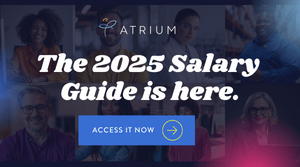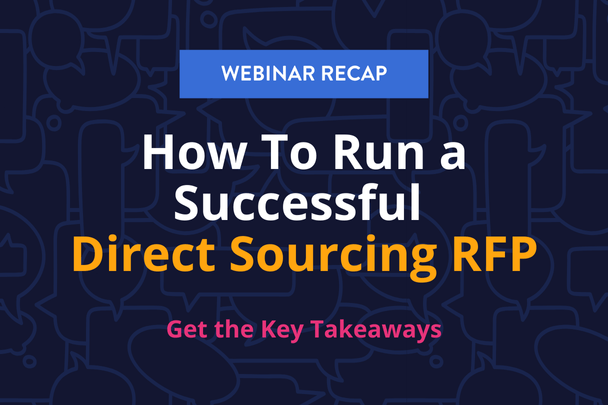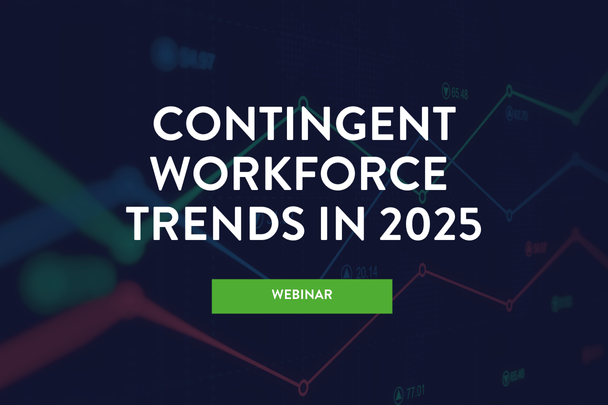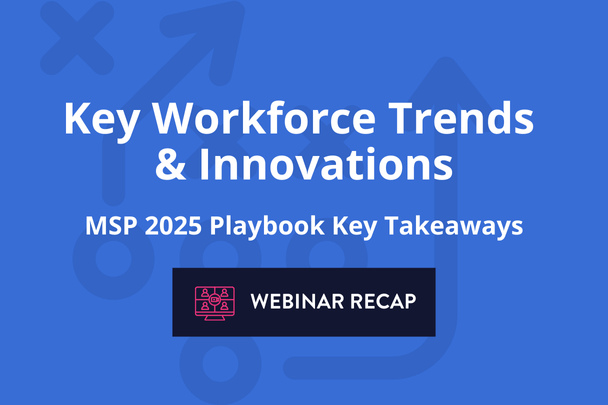Managing a contingent workforce effectively requires more than just operational efficiency—it demands the strategic use of intelligence data. With the increasing popularity of leveraging contingent workers and flexible employment models, organizations must rely on data-driven insights to optimize operations, streamline costs, and enhance workforce planning. In this blog, we explore the pivotal role of workforce intelligence data and provide examples that illustrate its importance in driving successful workforce management.
Visibility for Optimization
Data visibility is crucial for optimizing contingent workforce performance. Without accurate metrics, companies struggle to identify inefficiencies, which can lead to prolonged hiring timelines and underutilized talent. Intelligence data enables tracking of key performance indicators (KPIs), allowing for adjustments in hiring practices and improving efficiency. Continuous monitoring helps organizations implement agile strategies and make informed decisions. Additionally, actionable insights from visualizations and dashboards help businesses quickly adjust hiring, compensation, and resource allocation strategies based on observed patterns and trends.
EXAMPLE: A financial services firm tracks its contractor utilization rates. Upon analyzing this data, it discovers that certain contractors are consistently underutilized, leading to increased costs without corresponding productivity. In response, the firm reallocates these contractors to high-demand projects based on performance metrics. This adjustment not only improves productivity but also ensures that resources are utilized effectively, ultimately enhancing profitability and project outcomes.
Tailored Insights for Strategic Planning
A successful contingent workforce strategy relies on customized insights from detailed intelligence data. Rate intelligence is essential for determining competitive compensation across roles, locations, and industries, helping companies maintain fair pay without inflating costs. Geographic dashboards enhance planning by mapping workforce distribution and identifying resource needs. Additionally, benchmarking data allows companies to compare their workforce against industry standards, revealing areas for improvement in recruitment and compensation strategies.
EXAMPLE: A fashion company analyzes its contractor rates across various job roles. By leveraging rate intelligence, it discovers that its fashion designers are paid significantly less than competitors, which is leading to high turnover rates. In response, the company adjusts its compensation packages to align more closely with industry standards, attracting top talent and reducing turnover, enhancing its overall creativity and project success.
Continuous Improvement and Resource Allocation
Intelligence data fosters continuous improvement by tracking performance metrics over time. Real-time dashboards provide insights that enable immediate adjustments to market changes or internal needs. By monitoring worker performance, businesses can identify productivity lags and underutilization of resources. This data-driven approach facilitates effective resource allocation, allowing managers to evenly distribute tasks among the contingent workforce. As a result, workloads remain balanced, deadlines are met, and overall operational efficiency and employee satisfaction improve.
EXAMPLE: A healthcare organization’s staffing data reveals that some shifts have inadequate nurse-to-patient ratios, leading to longer wait times. By reallocating staff based on these insights, management ensures better coverage during peak hours. This adjustment improves patient care and satisfaction while enhancing staff morale by balancing workloads, resulting in a more efficient operation overall.
Holistic Data for Total Talent Management
To effectively manage both contingent and full-time workers, companies require a holistic view of their workforce data. Intelligence platforms that integrate data across various spend categories—such as staff augmentation and freelancers—provide this comprehensive perspective. This unified data enables better expenditure monitoring and future hiring forecasts, facilitating Total Talent Management.
EXAMPLE: By analyzing its workforce data, a retail chain identifies a trend showing that peak hiring seasons require more contingent workers in specific locations. With this insight, the chain can proactively plan recruitment strategies for seasonal hiring, ensuring optimal staffing levels during busy periods. This strategic approach maximizes productivity and minimizes staffing gaps.
The Importance of a Data Partner Ecosystem
Partnering with third-party workforce data providers enhances the value of intelligence data by offering broader access to workforce metrics and industry benchmarks. These collaborations provide deeper insights, helping companies stay competitive and agile in a shifting labor market. External benchmarks are especially useful for companies expanding into new regions or industries, as they enable businesses to compare internal data with industry standards, leading to more informed and strategic decision-making.
EXAMPLE: A tech company prepares to enter a new labor market in Southeast Asia. By partnering with workforce data providers, the company gains insights into local labor trends, skill availability, and competitive compensation rates. This data reveals that software developers in the region expect higher salaries than the company initially planned to offer. Armed with this knowledge, the company adjusts its compensation strategy, ensuring it attracts the right talent while remaining competitive in the new market.
Data as a Catalyst for Success
Workforce Intelligence Data is no longer optional—it’s a necessity. Businesses that leverage data-driven insights are better equipped to optimize their contingent workforce, reduce costs, and make strategic decisions. By embracing intelligence data at every stage of program maturity, companies ensure they are well-prepared to meet current and future workforce challenges, all while driving the success of modern workforce programs.











